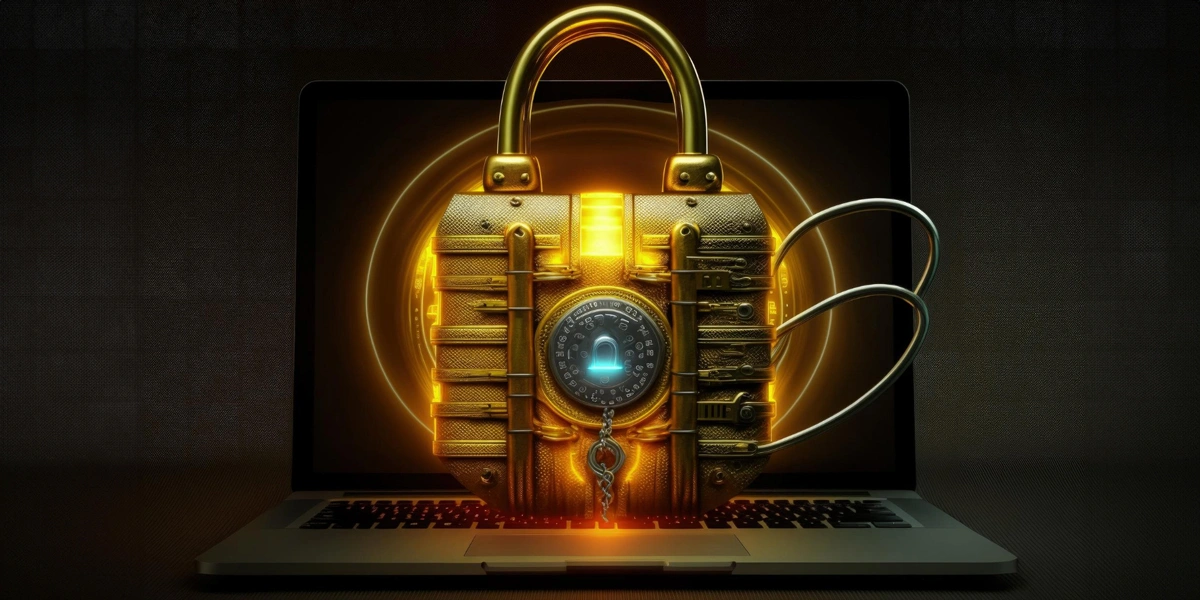
In the digital age, ensuring the confidentiality, integrity, and authenticity of information is paramount. The Public Key Infrastructure (PKI) stands tall as the backbone of digital security, orchestrating the encryption, authentication, and secure communication over the internet. PKI, a complex yet indispensable system, underpins the secure exchange of data across networks and serves as a cornerstone for various cryptographic applications. Let's uncover the intricacies of PKI and understand its pivotal role in safeguarding our digital interactions.
Understanding PKI
At its core, PKI is a framework of policies, procedures, and technologies used to manage digital certificates and encryption keys. It involves three primary components: Certificate Authority (CA), Registration Authority (RA), and Certificate Revocation Lists (CRL).
-
Certificate Authority (CA): A Certifying Authority (CA) serves as a trusted third party in digital signatures and encryption, ensuring the security and authenticity of digital certificates crucial for establishing trust in online interactions. Its pivotal roles include identity verification, where the CA confirms the identity of entities requesting digital certificates, and certificate issuance, wherein the CA signs the certificate using its private key, validating the information's authenticity within the certificate. These certificates act as digital identification documents, validating the entities involved in online transactions, fostering secure communications, and affirming the integrity of individuals or organizations in the digital realm.
-
Registration Authority (RA): The Registration Authority works in conjunction with the Certificate Authority (CA) and assists in the validation and registration process before the issuance of digital certificates. Its primary responsibility lies in verifying the information provided by entities requesting certificates, ensuring the accuracy and legitimacy of the data before the CA issues the digital certificates. The RA acts as a mediator, validating and forwarding the information to the CA for the issuance of trusted digital certificates that establish the association between public keys and the respective entities, enhancing the overall security and integrity of the PKI system.
-
Certificate Revocation Lists (CRL): Certificate Revocation Lists (CRLs) serve as repositories that keep track of invalidated or expired certificates, enabling entities to verify the legitimacy of certificates encountered during interactions. This system safeguards against compromised or obsolete certificates, enhancing overall security. By maintaining a CRL, the authenticity and integrity of digital certificates are validated, allowing clients to verify if a certificate has been revoked before accepting it. These lists contain specific details about revoked certificates, including their serial numbers, revocation dates, and reasons for revocation, providing essential information for certificate validation and trustworthiness checks.
Functions and Applications
PKI serves multifaceted purposes across various domains:
-
Encryption and Data Confidentiality: PKI's fundamental role in enabling secure communication through data encryption is pivotal in safeguarding sensitive information. By leveraging encryption algorithms and keys, PKI ensures that data exchanged across networks remains confidential, inaccessible to unauthorized entities, thereby fortifying the security posture of digital transactions and communications.
-
Digital Signatures and Authentication: Beyond facilitating electronic document signing, PKI's provision of digital signatures plays a crucial role in authenticating the integrity and source of data. These signatures, bolstered by public key verification, act as virtual fingerprints, assuring the legitimacy and untampered nature of transmitted information, thereby establishing trust and credibility in electronic transactions.
-
Secure Web Browsing (HTTPS): The visual indicator of the padlock in web browsers, symbolizing the utilization of PKI, is pivotal in ensuring secure browsing experiences via the HTTPS protocol. PKI's encryption mechanisms fortify the transmission of data between web servers and browsers, erecting an impenetrable shield against potential eavesdroppers and preserving the confidentiality of sensitive user information during online interactions.
-
IoT Security: PKI's role in ensuring security within the expansive network of the Internet of Things (IoT) is indispensable. By providing a robust framework for secure communication and authentication among interconnected devices, PKI thwarts potential vulnerabilities inherent in interconnected systems. Its implementation within IoT ecosystems is critical for maintaining data integrity and preventing unauthorized access or manipulation of device-to-device communications.
Key Challenges and Evolving Trends
Despite its critical role, PKI encounters challenges in the ever-evolving digital landscape:
-
Certificate Management: The proliferation of certificates across numerous devices and applications demands efficient management to prevent security lapses due to expired or misconfigured certificates.
-
Emerging Technologies: Quantum computing poses a potential threat to traditional cryptographic methods used in PKI. As quantum computers advance, the need for quantum-resistant algorithms and encryption becomes imperative.
-
User Education and Awareness: Enhancing user understanding of PKI's importance and best practices in certificate handling is crucial to mitigate security risks stemming from human errors.
Future Prospects
As technology continues to advance, PKI evolves to meet new security demands:
-
Post-Quantum Cryptography: Research and development in quantum-resistant algorithms aim to fortify PKI against the potential threats posed by quantum computing.
-
Automation and AI Integration: AI-driven solutions aid in certificate lifecycle management, improving efficiency, and reducing human errors in PKI operations.
-
Blockchain Integration: Exploring the integration of PKI with blockchain technology offers potential enhancements in certificate transparency, authentication, and decentralized trust models.
Conclusion
PKI stands as an indispensable pillar of digital security, enabling secure communication, data integrity, and authentication in the interconnected world. Its continuous evolution and adaptation to emerging technologies are crucial in fortifying the digital infrastructure against evolving threats. As we navigate an increasingly digital landscape, understanding and leveraging the capabilities of PKI remain integral to ensuring a secure and trustworthy cyberspace.
Crafting tailored, cryptographically secure device identities adaptable to your business, our cloud and on-prem PKI solutions ensure high functionality, assurance, and seamless automation. Mitigating the costs and complexities of on-premise setups, our expert team manages a flexible, scalable, end-to-end automated certificate lifecycle.
Contact us for superior Digital Security solutions.
